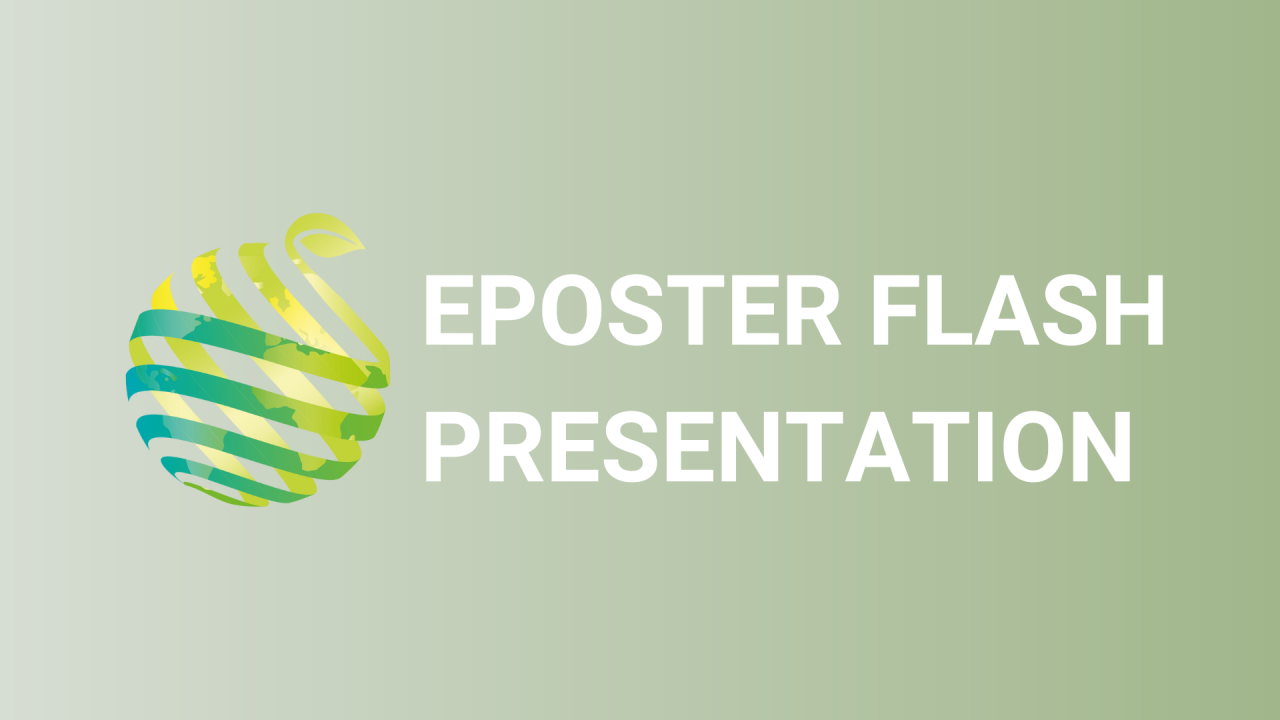

S25 - Session P3 - Relevance of Thymus mastichina L. essential oil chemotype on the antimicrobial activity against opportunistic pathogens
Information
Authors: Cristina Martinez Conesa, Gustavo Javier Cáceres-Cevallos*, Pedro Sánchez-Gómez, Inmaculada García Aledo, María Quilez Simón, Pascual Romero Espinar, María Jose Jordán Bueso
Thymus mastichina has the appearance of a semi-shrub and can be found in rocky lands of the Iberian Peninsula, it is also commonly known as Spanish marjoram. This aromatic plant is cultivated for the production of essential oil (EO), which exihbit different chemical compositions depending on the procedence of the plant. As it is widely known, this chemical variability leads to different biological properties, including antimicrobial capabilities. In line with this, one of the main concerns related to the bacterial resistences is the use of antibiotics at subclinical levels, so searching of new antimicrobial sources is a priority for Health authorities. On the bases of this, the main goal of the present work was to evaluate the bacterial inhibition growth of three T. mastichina essential oil chemotypes (linalool 83%; 1,8-cineol 75%- α-terpineol 6% and 1,8-cineol 70%- terpinyl acetate 6%). The EO were assayed to evaluate their bacterial growth inhibition capacity (MIC), determined by a micro-dilution technique (exposure times 24 and 48 h). Bacterial strains under study comprised both, gram negative bacteria ( Escherichia coli , Salmonella enterica subsp. enterica , Shigella sonnei , Proteus vulgaris ) and gram positive bacteria ( Listeria monocytogenes , Staphylococcus aureus subsp. aureus , Enterococcus faecalis and Enterococcus gallinarum ) , and the EO concentration tested ranged from 1000 to 12.500 ppm. Main results showed that after 24 h of treatment, chemotypes with linalool had the highest effect against gram negative bacteria: E coli (2000ppm), Salmonela (3200ppm), Shigella (6250ppm) and Proteus (3300ppm); while chemotypes with 1,8-cineole (75%) were more effective against gram positive bacteria: L. monocytogenes (4500ppm), S.aureus (2500ppm) and Enterococcus (6500ppm). Following with the study, after 48 h of treatment, damage on gram negative bacteria were similar to those of 24h, but for gram positive bacteria MICs values increased significantly.